Doctor William Silkworth
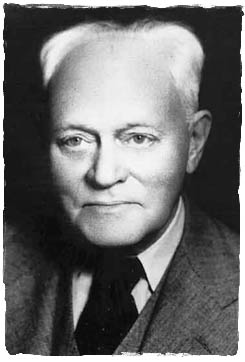
Dr. Silkworth wrote much of the contents of The Doctor’s Opinion, Alcoholics Anonymous Big Book. His obituary in Grapevine, the AA newsletter, in 1951 described Dr Silkworth as:
- doctor, a neurologist, a specialist in alcoholism, at Charles B. Towns Hospital, New York, a private hospital specializing in alcoholism and drug addiction.
- he was the world’s greatest practical authority on alcoholism
- he was never in a hurry
- he had no “formulas,” no stock answers.
- the unexpected was to be expected in alcoholism
- he came to each new case with a wonderfully open mind.
Doctor Robert Smith (Dr Bob) AA Co-founder
To 1950, the year of his death, he carried the A.A. message to more than 5,000 alcoholic men and women, and to all these he gave his medical services without thought of charge.
Alcoholics Anonymous p 171
(Bill W and Anne, Dr Bob’s wife) took Dr. Bob home and put him to bed. The detoxification process began once again. That process usually lasted three days according to Bill. They tapered Dr. Bob off of alcohol and fed him a diet of sauerkraut, tomato juice and Karo Syrup.
Dr Bob’s Last Drink
You know we always give credit to Bill and Bob and the first one hundred, which rightly we should. But if we were to go back and think about that summer of 1935 these guys really, they didn’t have much idea about what they were doing. They had found a few simple things that had worked for them. And they would try this on many, many different people that summer. And if it worked then they would keep it and if something didn’t work they might discard that, learning as they went through that summer working with people. I know one of Dr. Bob’s favorite things was to fill them up with sauerkraut juice mixed with honey. He knew that there was vitamins in that sauerkraut juice that would help the body, and of course the honey was a form of energy. And they tried that amongst many a different things.
Transcripts of Journey to Recovery with Joe M. and Charlie P. The Big Book Comes Alive – Laughlin, Nevada 1998
Bill Wilson AA Co-founder
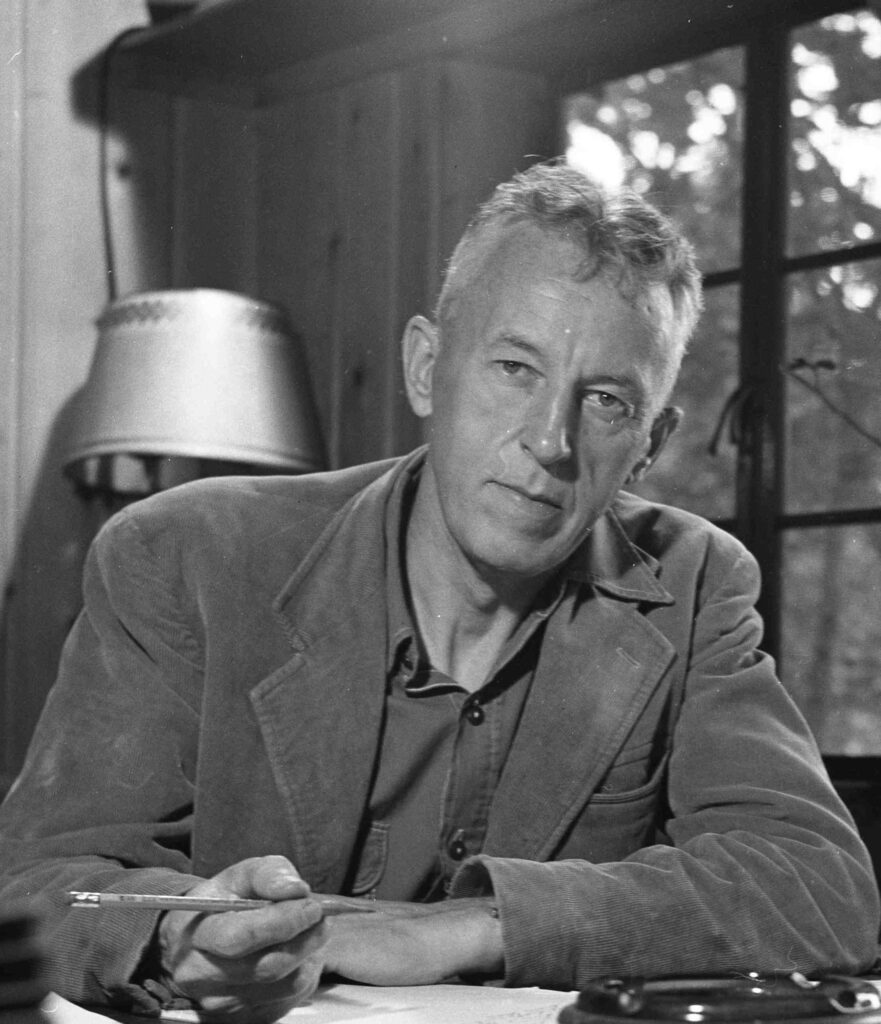
I was placed in a nationally- known hospital for the mental and physical rehabilitation of alcoholics. Under the so-called belladonna treatment my brain cleared. Hydrotherapy and mild exercise helped much. Best of all, I met a kind doctor who explained that though certainly selfish and foolish, I had been seriously ill, bodily and mentally.
Alcoholics Anonymous – Bills Story – Page 7
Bill Wilson first tried LSD, at the Veterans Administration Hospital in Los Angeles, in 1956… When Bill took LSD, use of the drug was legal. He first took it as a participant in a medically supervised experiment… Bill became enthusiastic about the potential, saying ‘Anything that helps alcoholics is good and shouldn’t be dismissed out of hand.’ That was typical of his openness to new ideas and therapy.
The LSD Experiements
Had Bill W been successful in his mission to incorporate vitamin B3 niacin therapy into AA the entire face of addiction and mental health treatment might have looked very different today. The story goes that before Bill Wilson passed away he was asked what he would like to be remembered for in the history books. Much to the chagrin of experts and those who have benefited from 12-step groups he chose niacin therapy over AA. Alcoholics Anonymous Founder Bill Wilson’s Long-Lost Treatment Paradigm
Sister Ignatia – Angel of Alcoholics Anonymous
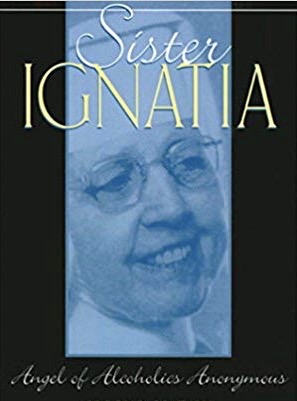
Dr Bob ….. was well assisted by Sister Ignatia at St. Thomas Hospital in Akron, Ohio, one of the greatest friends our Fellowship will ever know.
Alcoholics Anonymous p 171
…in 1952, she was transferred to St. Vincent Charity Hospital at Cleveland, where she was placed in charge of its alcoholic ward. Upon arrival, the ward at “Charity” was part of a dilapidatedwing and was in great need of rejuvenation. Through the Sister’s urging and much assistance from A.A. members with carpentry skills, the ward was soon transformed and named Rosary Hall Solarium.
Sister Mary Ignatia 1889-1966
15,000 alcoholics recovered under the direct care of Sister Ignatia…. They were treated with castor oil, vitamin injections and a membership to AA.
Angel of Mercy
Dr. Smith and Sister Ignatia agreed on one thing — alcoholism could be controlled by medical attention coupled with spiritual attention.
Sister Ignatia And The A.A., By Gerard E. Sherry. The Sign, Vol. 35: 9-11, May, 1956
Bill W’s tribute to Sister Ignatia following her death
A Manual for Alcoholics Anonymous 1940 – AA Group #1 Akron
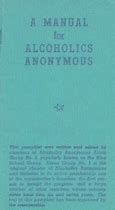
This pamphlet assumes hospitalization at St. Thomas Hospital under the care of Sister Ignatia and the overall supervision of Dr. Bob as the normal first step in recovery…parts of its advice are still very relevant, and it makes very fascinating reading even today. We must assume that Dr. Bob himself (and probably Sister Ignatia too) gave their approval to the statements made in this little booklet.
THE AKRON MANUAL A Manual for Alcoholics Anonymous 1940
One section of the manual focusses on the role of diet, supplement and sleep in recovery:
DIET AND REST play an important part in the rehabilitation of an alcoholic. For many we bludgeoned ourselves physically, eating improper foods, sleeping with the aid of alcohol. In our drinking days we ate a bowl of chili or a hamburg sandwich because they were filling and cheap.… Our rest was the same…. We now find that it is wise to eat balanced meals at regular hours, and get the proper amount of sleep without the unhealthy aid of liquor and sleeping pills….Vitamin B1 (Thiamin Hydrochloride) or B Complex will help steady our nerves and build up a vitamin deficiency. Fresh vegetables and fruits will help. In fact, it is a wise move to consult a physician, possibly have a complete physical examination. Your doctor then will recommend a course in vitamins, a balanced diet, and advise you as to rest. The reason for this advice is simple. lf we are undernourished and lack rest we become irritable and nervous. In this condition our tempers get out of control, our feelings are easily wounded, and we get back to the old and dangerous thought processes – “Oh, to Hell with it. I’ll get drunk and show ’em”
THE AKRON MANUAL A Manual for Alcoholics Anonymous 1940
Member Stories – AA Big Book first edition
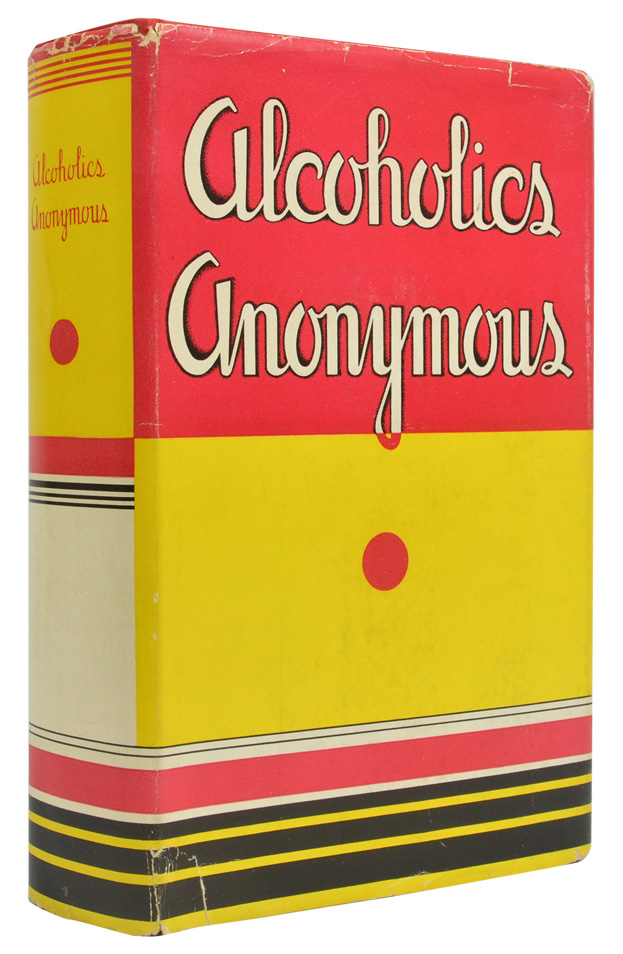
The stories in the first edition of the AA big book mention the word hospital 100 times and sanitorium 16 times. In modern terms, a sanitorium is a health retreat. Sanatoriums focused on fresh air, nutrition, healthy exercise and even things like saunas, which we now know have amazing neurological and other health benefits. Innovative modern rehab centres include similar practices.
Many early AA groups would only admit new members who had undergone hospital treatment
Alcoholics Anonymous (AA) Recovery Outcome Rates p 25
If you ring AA or NA, as an alcoholic or addict they will assess to see if you need medically supervised withdrawal at a detox unit. In some cases, unsupervised withdrawal can be dangerous or even fatal.
Medical treatment in Sexual recovery programs
Little or no mention of hospitals, health retreats or treatment centres in member stories in the sexual recovery fellowships. Reference is made in member stories to undergoing addiction treatment, which has traditionally been psychological rather than physiological in nature
The founders of the major sexual recovery groups, SLAA, SAA, SA, SCA were all middle-class professional Americans with access to good health care.
In contrast with AA and NA, in sexual recovery we expect everyone to go through cold turkey with its associated risks.
NEXT – The Step Minus One of the founder of a Twelve Step Program
